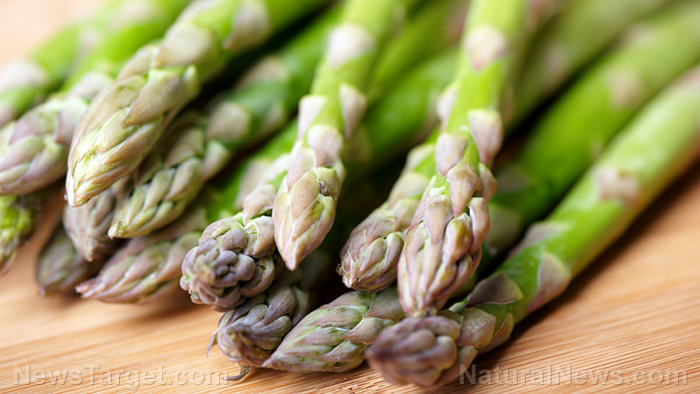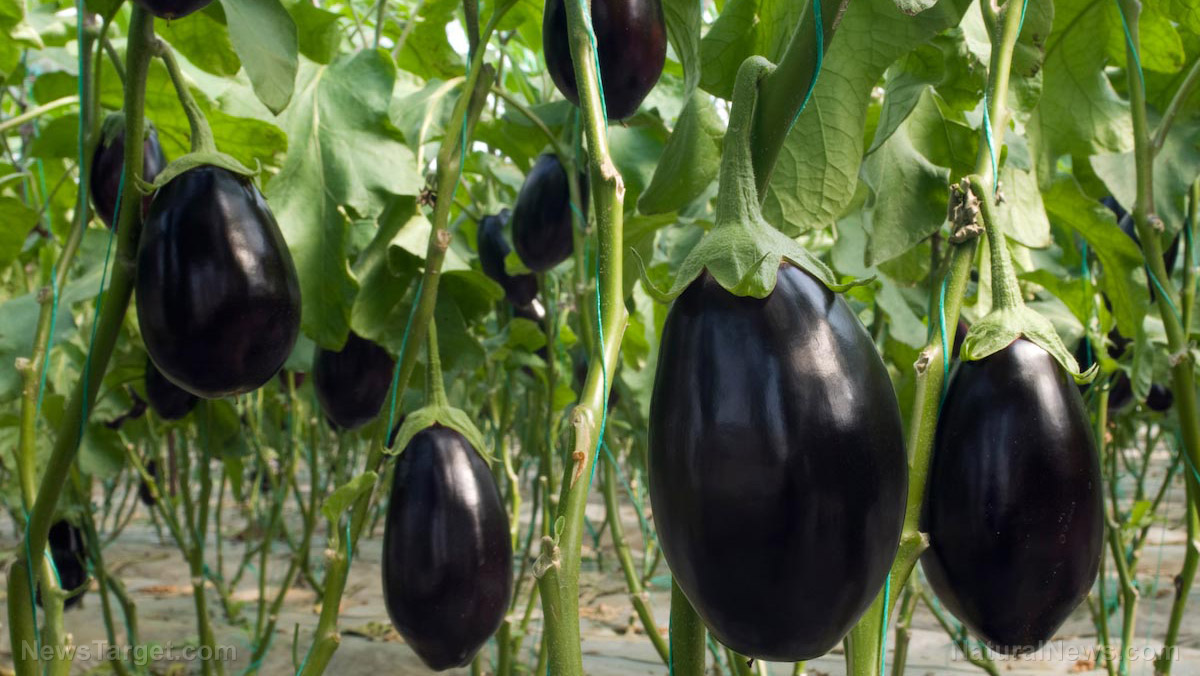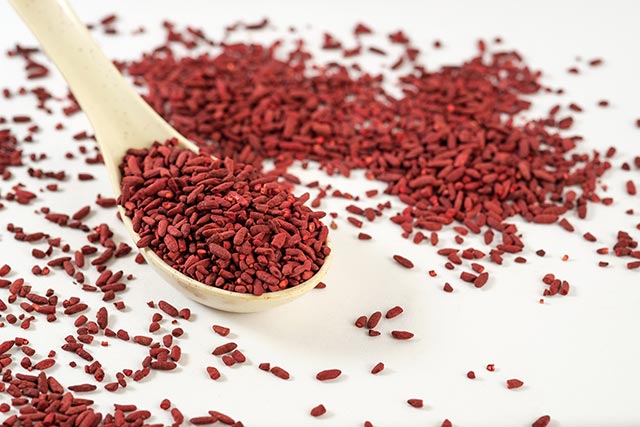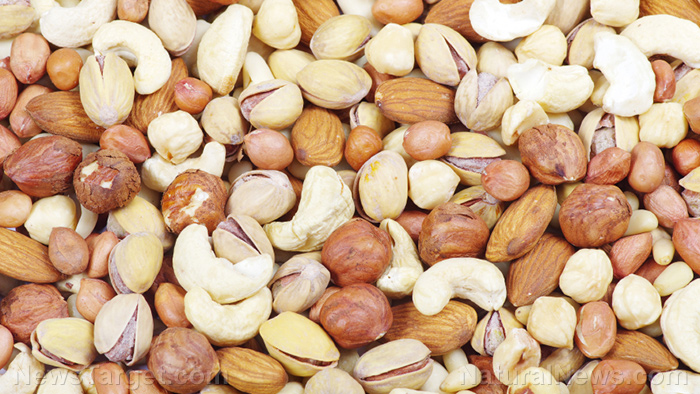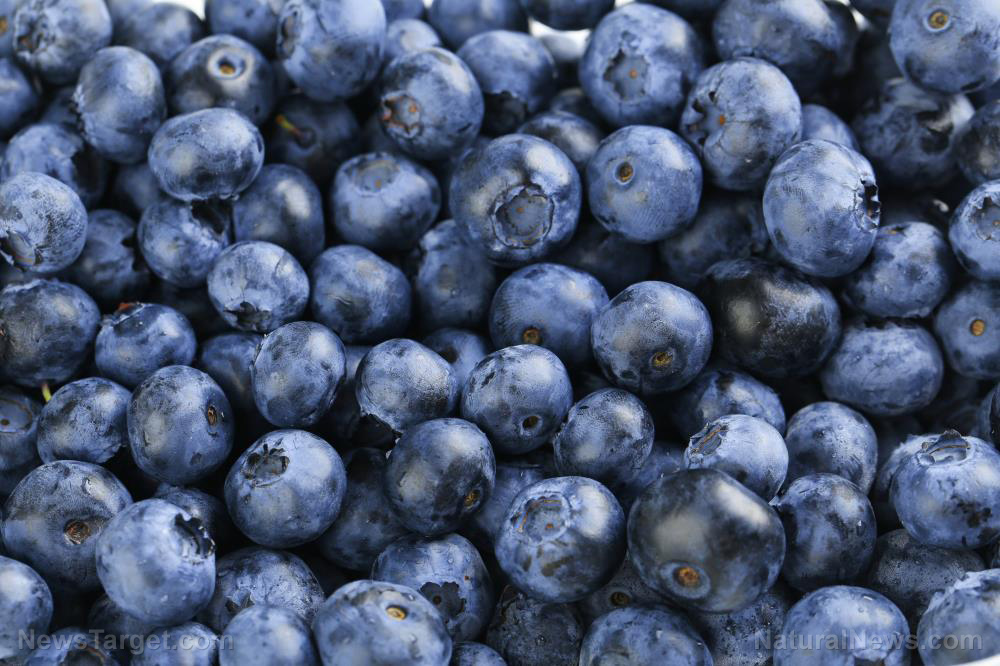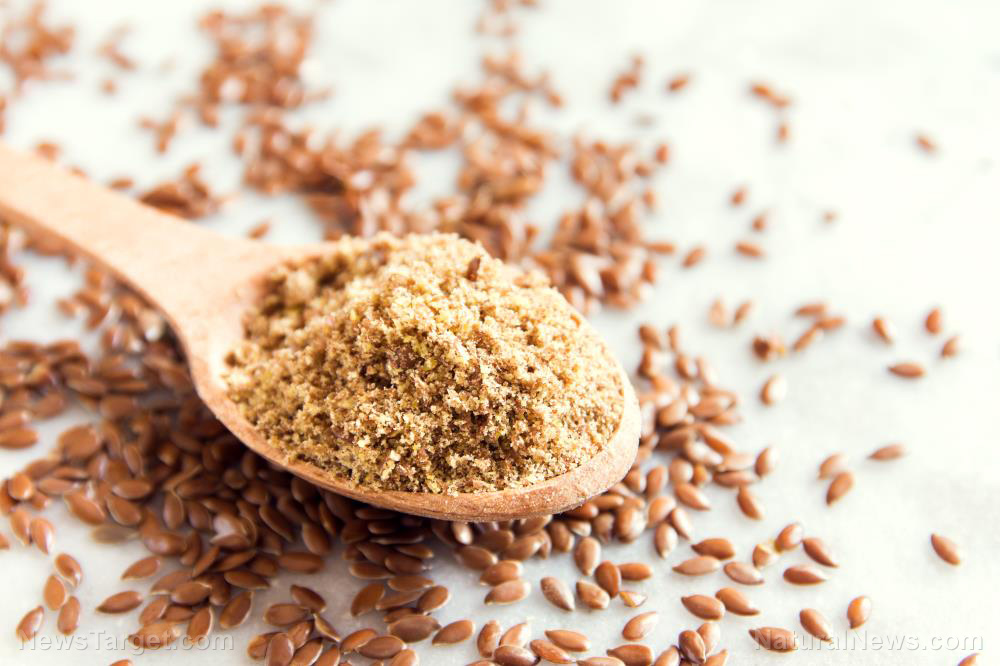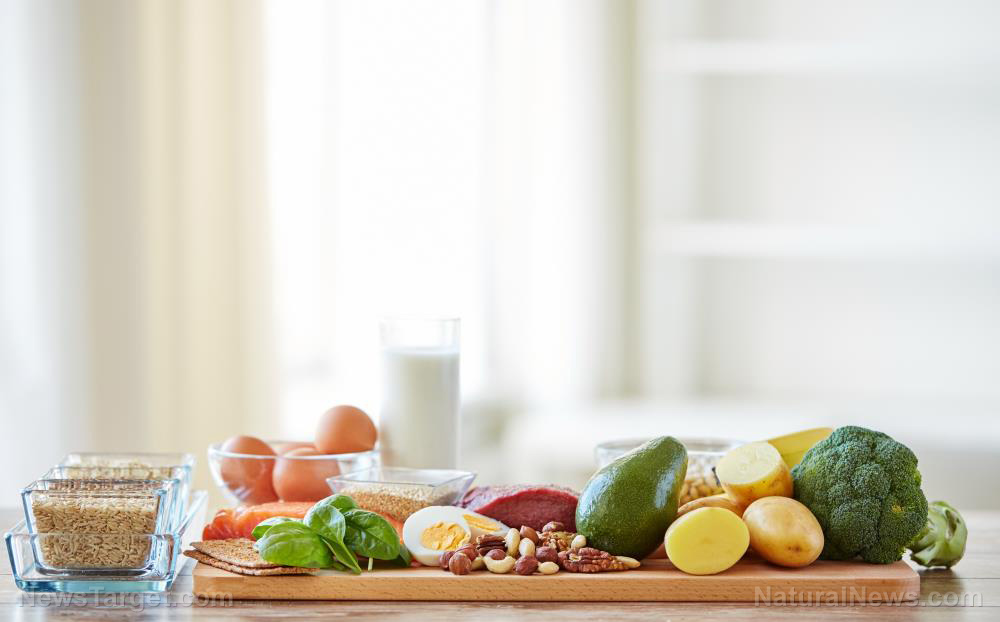Pros and cons of the Plant Paradox diet
06/29/2019 / By Zoey Sky
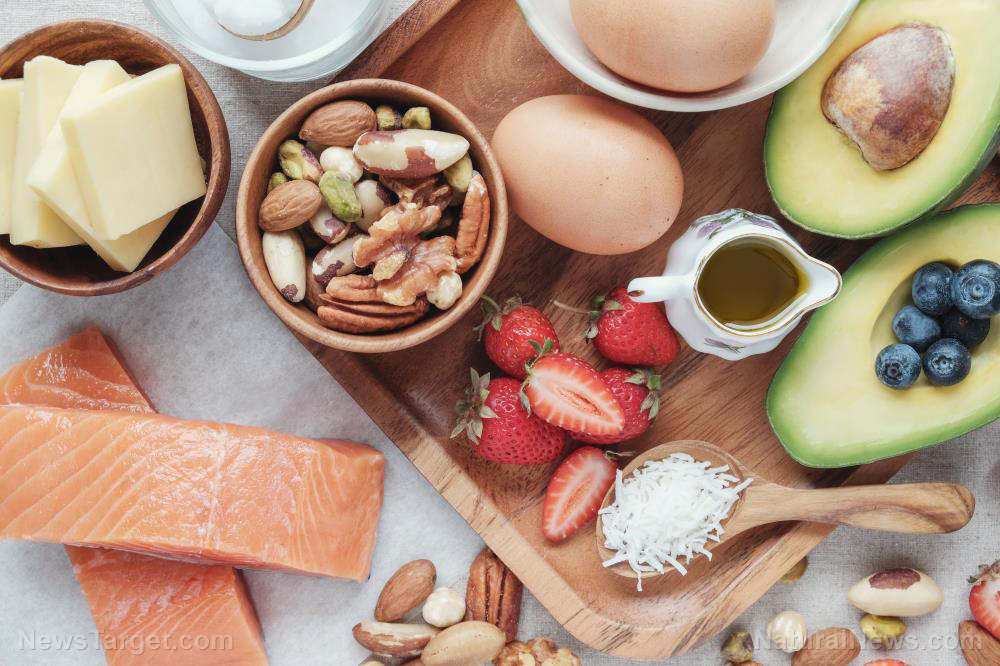
Inflammation is linked to various diseases and weight gain, which can aggravate existing health conditions. But according to Dr. Steven Gundry, following the Plant Paradox diet (a.k.a. the Gundry diet) will help reduce inflammation. The diet even promotes weight loss.
What is the “Plant Paradox” diet?
The Plant Paradox diet helps you avoid lectins, a plant protein found in some fruits and vegetables. But unlike fad diets started by people without a background in health care or nutrition, the Plant Paradox diet was developed by Dr. Gundry, a former heart surgeon.
Dr. Gundry published The Plant Paradox” in 2017. The book discussed the hidden dangers in ‘healthy’ foods that cause disease and weight gain. The book revealed that lectin can cause inflammation, which is linked to the development of diseases and weight gain.
Pros of the Plant Paradox diet
Several studies have shown that inflammation is one of the major contributors to chronic diseases, and the main benefit of the Plant Paradox diet is reducing this bodily response.
The diet minimizes inflammation by eliminating lectins. Plants use lectins as a defense mechanism to keep predators like humans from eating them. Dr. Gundry explained that lectins force carbs (e.g., fibers, starches, and sugars) to clump together and attach to certain cells in the body when you consume them.
However, lectins can get in the way of important cells that need to communicate with each other. When this happens, the body becomes inflamed. Alternatively, lectins can trigger other responses to toxicity, such as diarrhea, nausea, or vomiting. This disruption in cellular communication may also cause other symptoms, such as fatigue or forgetfulness.
The Plant Paradox diet also helps promote weight loss since it highlights the importance of mindful and healthful eating and prohibits the consumption of processed foods and refined carbs. (Related: What to eat and what NOT to eat to avoid autoimmune disease and fight chronic inflammation.)
Cons of the Plant Paradox diet
Before you follow any diet, always consult your health care provider to determine if it will affect your current health condition or any medications that you’re taking.
Since this is a lectin-free diet, you will eliminate several fruits and vegetables from your meals. The Plant Paradox diet will also limit your options for grains and legumes.
For those curious about what you can eat on this diet, the items below are included in Dr. Grundy’s list of “yes” foods.
Fruit
- Avocado
- All berries (in season, consume sparingly)
Vegetables
- Artichoke
- Arugula
- Asparagus
- Beets
- Bok choy
- Broccoli
- Brussels sprouts
- Cabbage
- Carrots
- Cauliflower
- Celery
- Collard greens
- Garlic
- Kale
- Leafy greens
- Mesclun
- Mushrooms
- Okra
- Onion
- Parsley
- Romaine
- Seaweed
- Spinach
- Swiss chard
Fish and seafood
- Anchovies
- Calamari
- Canned tuna
- Crab
- Lobster
- Mussels
- Oysters
- Salmon
- Sardines
- Scallops
- Shrimp
- White fish
Meat
- Beef
- Bison
- Elk
- Lamb
- Pork
- Venison
Dr. Gundry’s list of “no” foods includes fruits and vegetables that contain lectin and other pro-inflammatory processed foods that can increase your risk of developing chronic and autoimmune diseases like celiac disease, diabetes, or rheumatoid arthritis. Here are the foods you should avoid:
Fruits
- All fruits, except in season fruit
- Goji berries
- Melons
- Ripe bananas
Vegetables
- Bell peppers
- Chickpeas
- Cucumbers
- Edamame
- Green beans
- Legumes
- Peas
- Soy
- Sugar snap peas
- Tofu
- Tomatoes
- Zucchini
Refined starches and sugars
- Bread
- Cereal
- Cookies
- Crackers
- Pasta
- Pastries
- Potato chips
- Potatoes
- Rice
- Sugar
- Tortillas
Before you switch to the Plant Paradox diet, develop a mock meal plan first using the items in the approved foods list. If you believe the diet is sustainable, talk to a registered dietitian and ask them how you can eliminate lectins from your diet without compromising your overall nutrition.
As with other diets, consider your health condition and consult nutrition experts before you switch to the Plant Paradox diet. Once you determine how to best implement this diet, follow it to reduce inflammation and promote weight loss.
Sources include:
Tagged Under: #nutrition, anti-inflammatory, anti-obesity, autoimmune diseases, carbohydrates, chronic diseases, clean food, diet, diet plans, fightobesity, food cures, food is medicine, foodcures, fruits, functional food, grains, Gundry diet, immune system, inflammation, lectin-free, lectin-free diet, lectins, legumes, plant nutrient, Plant Paradox, Plant Paradox diet, plant protein, plant-based diet, prevention, proper diet, proper nutrition, refined carbs, vegetables, weight gain, weight loss
RECENT NEWS & ARTICLES
FoodCures.News is a fact-based public education website published by Food Cures News Features, LLC.
All content copyright © 2018 by Food Cures News Features, LLC.
Contact Us with Tips or Corrections
All trademarks, registered trademarks and servicemarks mentioned on this site are the property of their respective owners.

